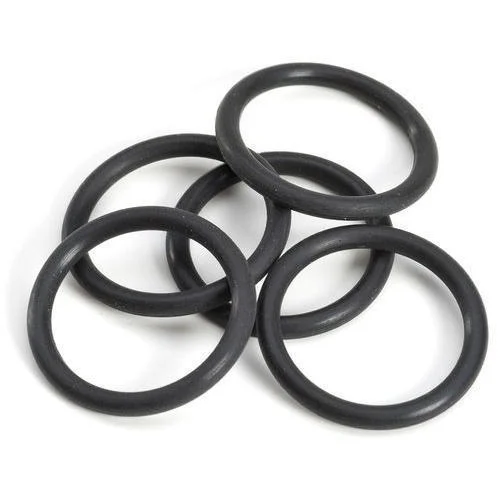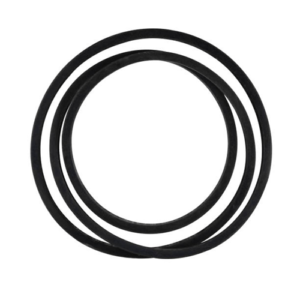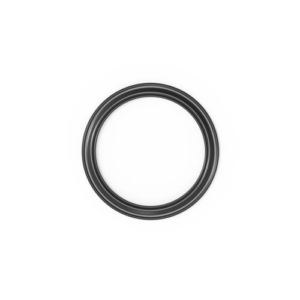Description
Other Common Variations
- Nitriles are often internally lubricated to improve ease of installation or reduce friction for dynamic applications.
- Nitriles can be formulated with only “white list ” ingredients as specified in 21.CFR 177.2600 for use in applications where the elastomer will be in contact with food or beverages.
- Nitriles can be submitted for approval by the National Sanitation Foundation (NSF) for use in drinking water applications.
- Nitriles can also be submitted for approval to IJnderwriters Laboratories (UL) for use in applications as prescribed in ULI 57.
- Nitrile rubber can be combined with polyvinyl Chloride (PVC) to create fuel, ozone and weathering resistance NBR-PVC blends.
Buna is a trademark of ARLANXEO.
Performs Well In…
- Petroleum-based Oils & fuels
- Aliphatic hydrocarbons
- Vegetable oils
- Silicone Oils & greases
- Ethylene glycol
- Dilute acids
Water to below 100°C (212°F)
Doesn’t Perform Well In…
- Aromatic hydrocarbons
- Automotive brake fluid
- Chlorinated hydrocarbons
- Ketones
- Ethers
- Esters
- Phosphate ester hydraulic fluids
- Strong acids
- Ozone/weathering/sunlight
General Information
| ASTM D1418 Designation | NBR |
| ISO/DIN 1629 Designation | NBR |
| ASTM D2000 / SAE J 200 Codes | BF, BG, BK, CH |
| Standard Color(s) | Black |
| Hardness Range | 30 to 95 Shore A |
| Relative Cost | Low |
Service Temperatures
| Standard Low Temperature | -40°C -40°F |
| Standard High Temperature | 100°C 212°F |
| Special Compound Low Temperature | -55°C -67°F |
| Special Compound High Temperature | 135°C 275°F |



